Introduction¶
In this section we present all core components of MAGES SDK.
The aim is to provide the reader with a comprehensive overview of all fundamental pilars that ultimately compose MAGES.
Grasping a deep understanding of the MAGES platform starts here. This section aims to familiarize readers with the terminology, development platform and software toolkits that are provided in the SDK.
Therefore, it is important for developers to pay attention to the theoretical fundamentals that will be presented in this section, as they will certainly need this knowledge to extend their development skills with MAGES SDK.
A high-level overview of the MAGES SDK architecture is depicted below.
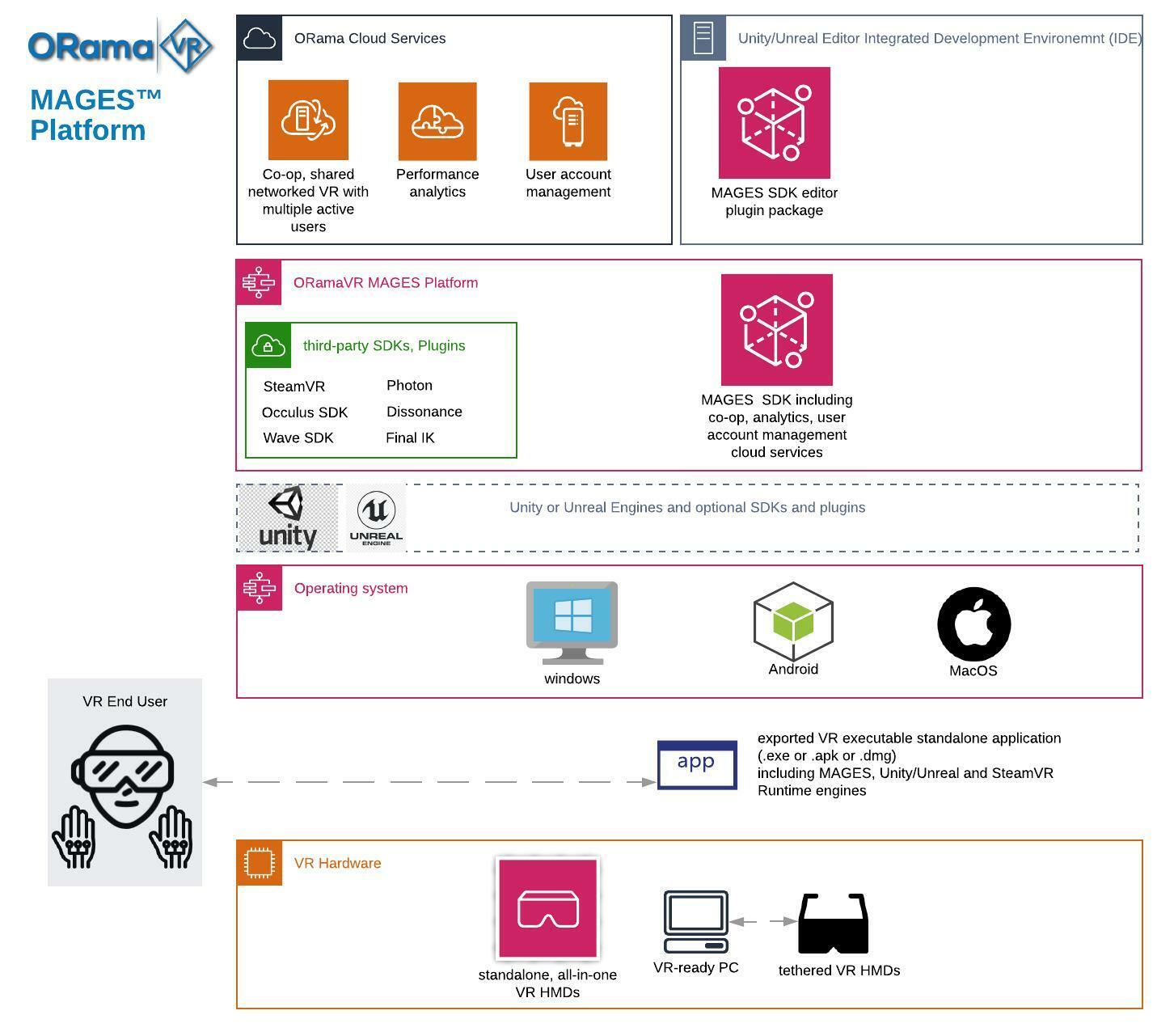
A high-level overview of the MAGES Source code architecture is depicted below.
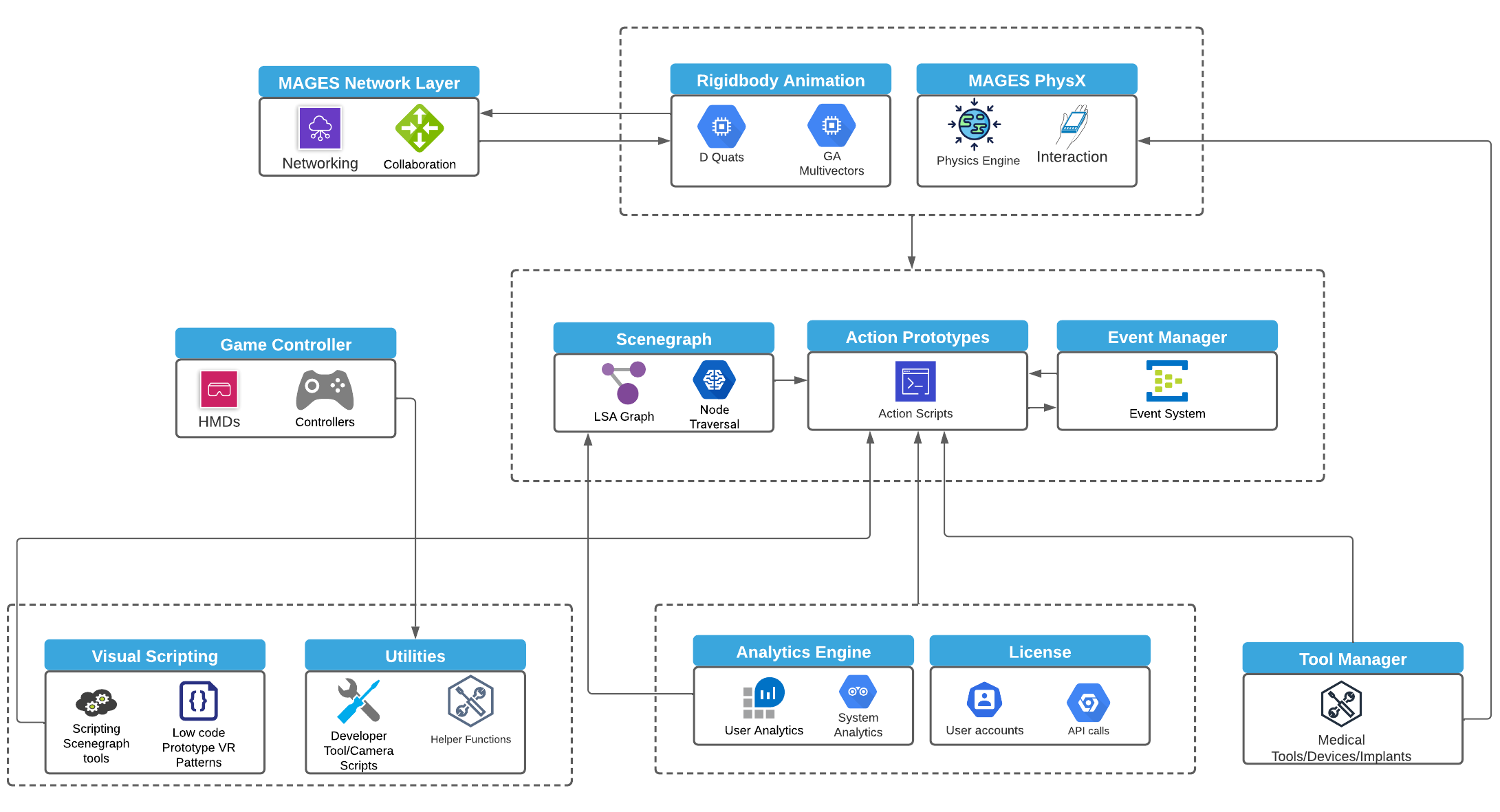
A complete introductory presentation of MAGES platform can be found here.
Coding with/without MAGES™ SDK¶
In this example we demonstrate the implementation of an Insert Action with and without MAGES SDK:
With MAGES SDK |
|---|
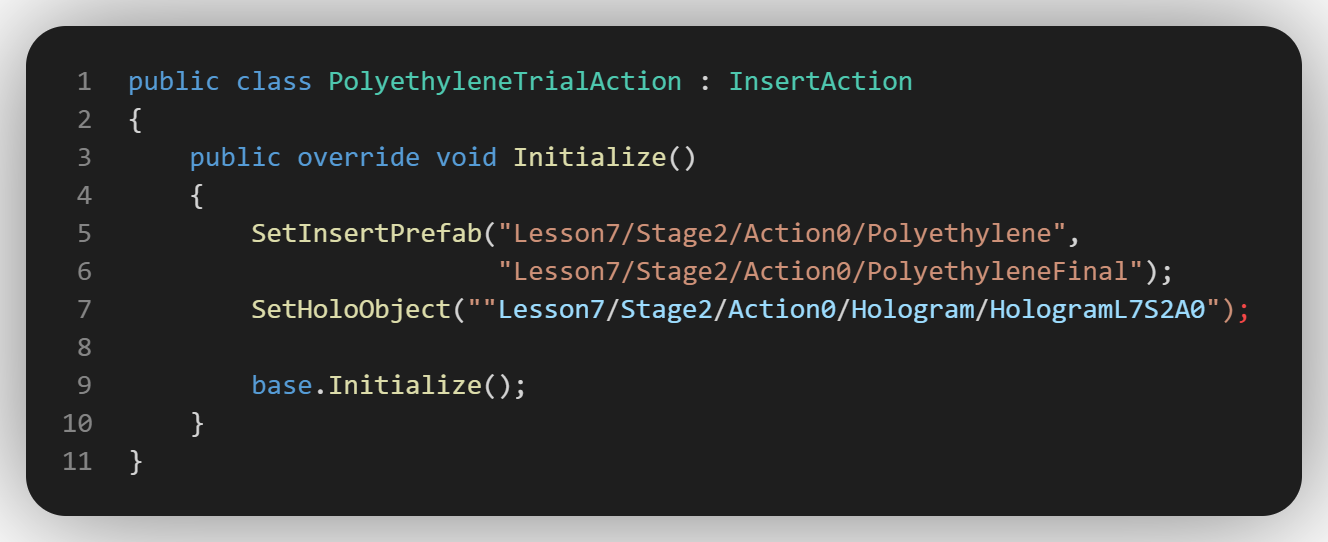
|
Without MAGES SDK |
|---|
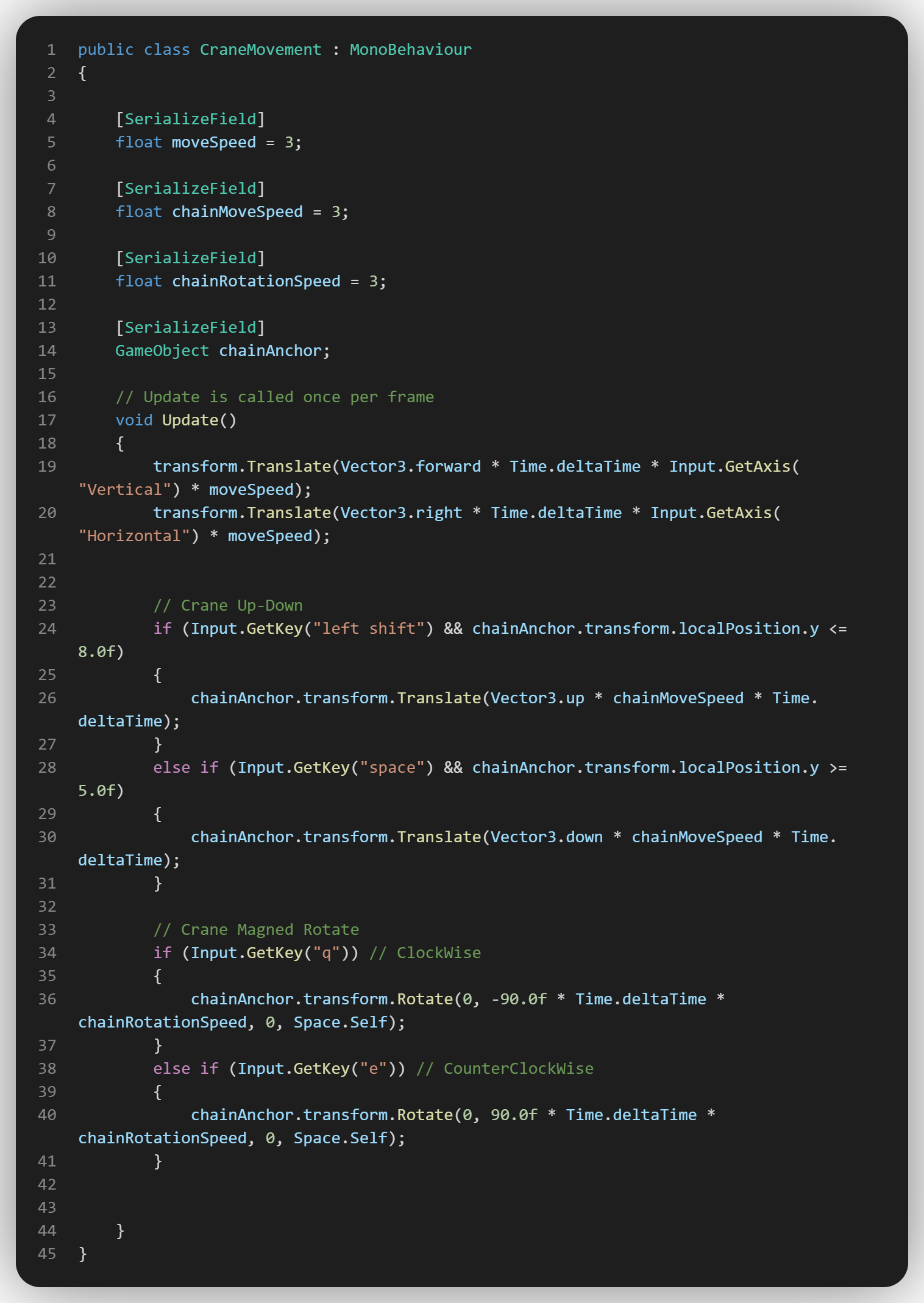
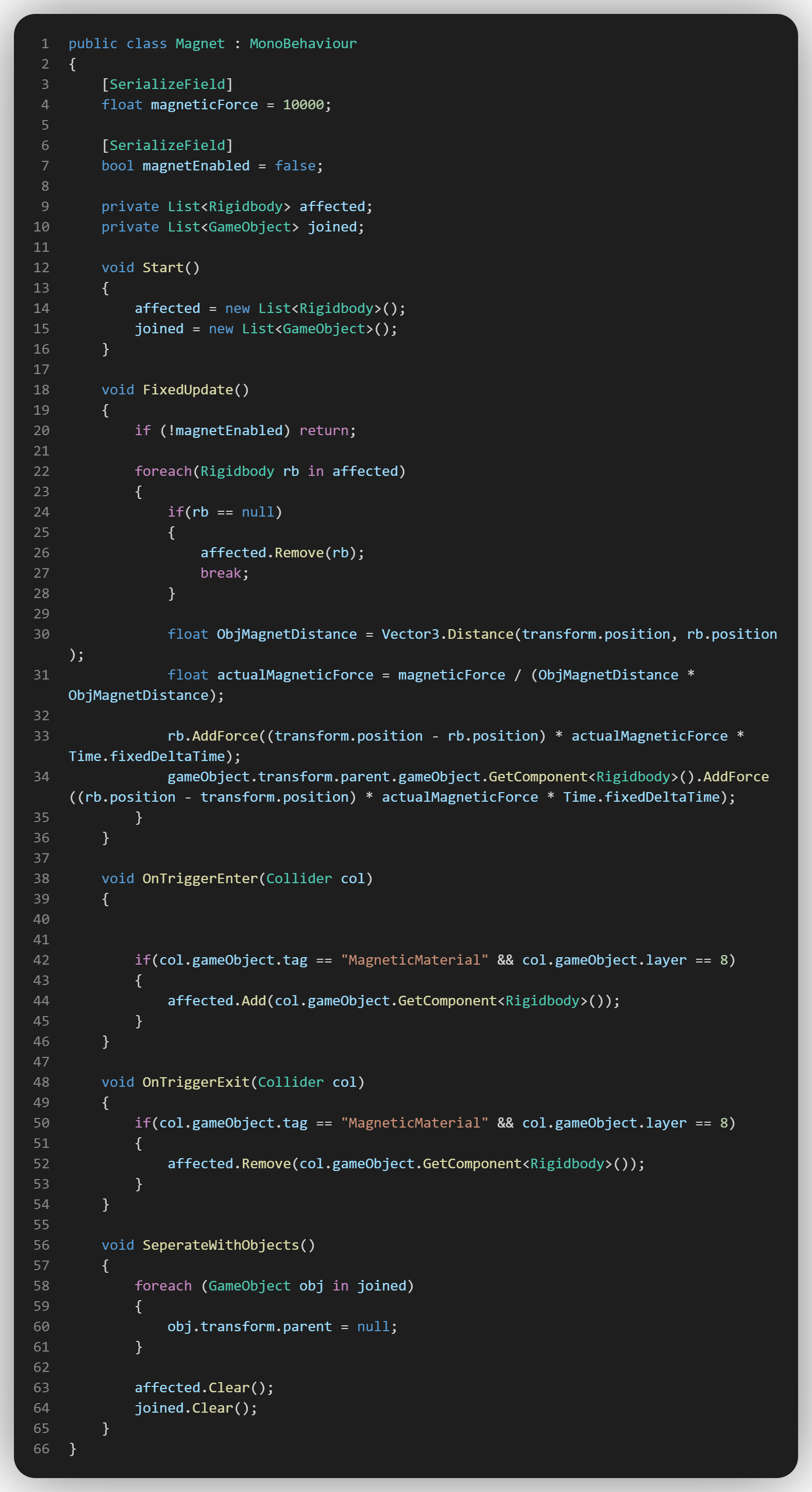
|
By observing the example above, the code which results for an insert action with the absence of MAGES SDK is quite lengthy. MAGES SDK is able to perform such actions with quite a few lines of code in a robust and reliable way. The time needed to create such an action is obviously reduced, speeding up that way the application production.
There is a growing lack of medical professionals globally and not enough already are trained today for future needs [C3]. The number of new surgeons trained per year has not changed in the last 30 years, whereas the population has doubled. There is an urgent need for a paradigm shift in medical training to overcome the challenges. Previously we have proven that MAGES [C2] makes medical training more efficient. In a revolutionary clinical study [C1] in cooperation with New York University that established - for the first time in the medical bibliography - skill transfer and skill generalisation from VR to the real Operating Room in a quantifiable, measurable ROI.
Utilizing the new advances in MAGES 3.0, we released four new medical VR training modules: a dental implant placement, an endotracheal intubation, a series of emergency medical scenarios and a REBOA operation.
View the complete ORamaVR platform poster from SIGGRAPH ASIA 2018.
For a complete list of our publications related to MAGES please refer here.
(M) Multiplayer With GA Interpolation
(G) Geometric Algebra Deformable Animation, Cutting and Tearing
(E) Editor in VR with Action Prototypes
(S) Semantically Annotated Deformable, Soft and Rigid Bodies
References¶
- C3
George Papagiannakis, Panos Trahanias, Eustathios Kenanidis, and Eleftherios Tsiridis. 2017. Psychomotor Surgical Training in Virtual Reality. Master Case Series & Techniques: Adult Hip (07 2017), 827–830. https://doi.org/10.1007/978-3-319-64177-5_41
- C2
Papagiannakis, G., Zikas, P., Lydatakis, N., Kateros, S., Kentros, M., Geronikolakis, E., Kamarianakis, M., Kartsonaki, I., Evangelou, G., “MAGES 3.0: Tying the knot of medical VR”, In ACM SIGGRAPH 2020 Immersive Pavilion (SIGGRAPH ’20), Association for Computing Machinery, New York, NY, USA, Article 6, 1–2. https://doi.org/10.1145/3388536.3407888, 2020
- C1
Jessica Hooper, Eleftherios Tsiridis, James E. Feng, Ran Schwarzkopf, Daniel Waren, William J. Long, Lazaros Poultsides, William Macaulay, George Papagiannakis, Eustathios Kenanidis, Eduardo D. Rodriguez, James Slover, Kenneth A. Egol, Donna P. Phillips, Scott Friedlander, and Michael Collins. 2019. Virtual Reality Simulation Facilitates Resident Training in Total Hip Arthroplasty: A Randomized Controlled Trial. The Journal of Arthroplasty (2019). https://doi.org/10.1016/j.arth.2019.04.002